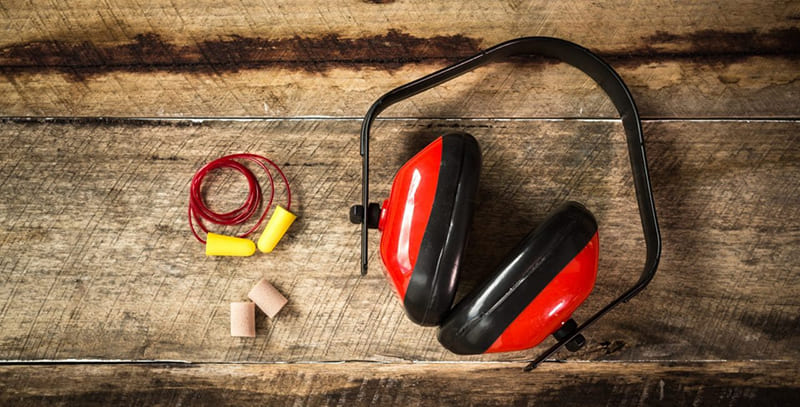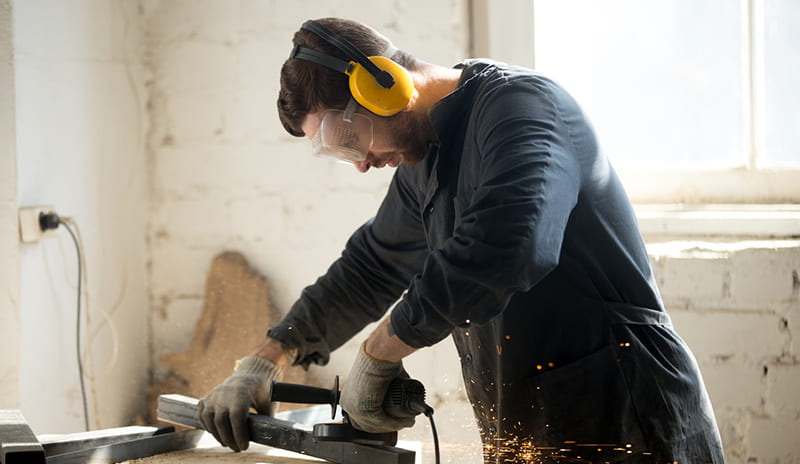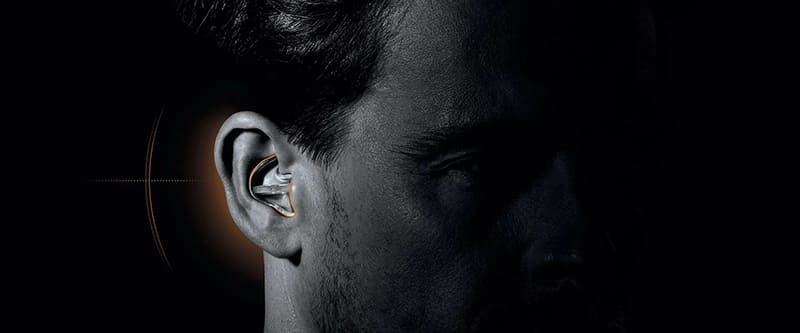How to Choose the Right Hearing Protection

Hearing protection is crucial for individuals who work in noisy environments or engage in activities that expose them to loud sounds. Prolonged exposure to high noise levels can lead to hearing loss and other auditory problems. In this article, we will discuss how to choose the right hearing protection to safeguard your hearing health.
1、Understand Noise Reduction Rating (NRR):
The Noise Reduction Rating (NRR) is an essential factor to consider when selecting hearing protection. It indicates the amount of noise reduction provided by the device in decibels (dB). The higher the NRR, the greater the level of noise reduction. Choose hearing protection with a suitable NRR based on the noise levels you anticipate encountering.
2、Identify the Type of Hearing Protection:
There are various types of hearing protection available, and the choice depends on individual preferences and the nature of the noise exposure. Some common types include:
▲ Earplugs: These are small inserts that fit into the ear canal, providing a snug and comfortable fit. They are portable, inexpensive, and suitable for moderate noise levels.
▲ Earmuffs: Earmuffs consist of cushioned ear cups that cover the entire ear. They create a seal around the ears, blocking out noise. Earmuffs are more effective for high-intensity noise and provide better overall protection.
▲ Custom-Made Devices: For individuals with specific hearing protection needs, custom-made devices, such as custom earplugs or earmolds, can provide a personalized and optimal fit.

3、Consider Noise Attenuation and Frequency Response:
In addition to the NRR, it's important to consider the noise attenuation and frequency response of the hearing protection. Different devices have varying levels of attenuation across different frequencies. Look for hearing protection that offers balanced protection across the range of frequencies you are exposed to.
4、Comfort and Fit:
Comfort and proper fit are crucial for effective hearing protection. Uncomfortable or ill-fitting devices can lead to reduced compliance and compromised protection. Ensure that the hearing protection you choose is comfortable to wear for extended periods and provides a secure and snug fit.
5、Compatibility with Other Personal Protective Equipment (PPE):
If you are already using other personal protective equipment, such as safety glasses or hard hats, ensure that the chosen hearing protection is compatible with them. Some devices may interfere with the fit or effectiveness of other PPE, so consider this when making your selection.

6、Follow Safety Standards and Regulations:
When choosing hearing protection, look for products that comply with relevant safety standards and regulations. This ensures that the devices meet certain quality and performance criteria, providing reliable protection for your hearing.
7、Seek Professional Guidance:
If you are unsure about which hearing protection is best for your specific needs, consider consulting a hearing healthcare professional. They can assess your requirements, recommend appropriate devices, and provide guidance on proper usage and maintenance.
Remember, hearing protection is a critical investment in your long-term hearing health. By choosing the right hearing protection and using it consistently in noisy environments, you can protect your hearing and prevent potential hearing damage. Prioritize your hearing health and make informed choices when selecting hearing protection.










